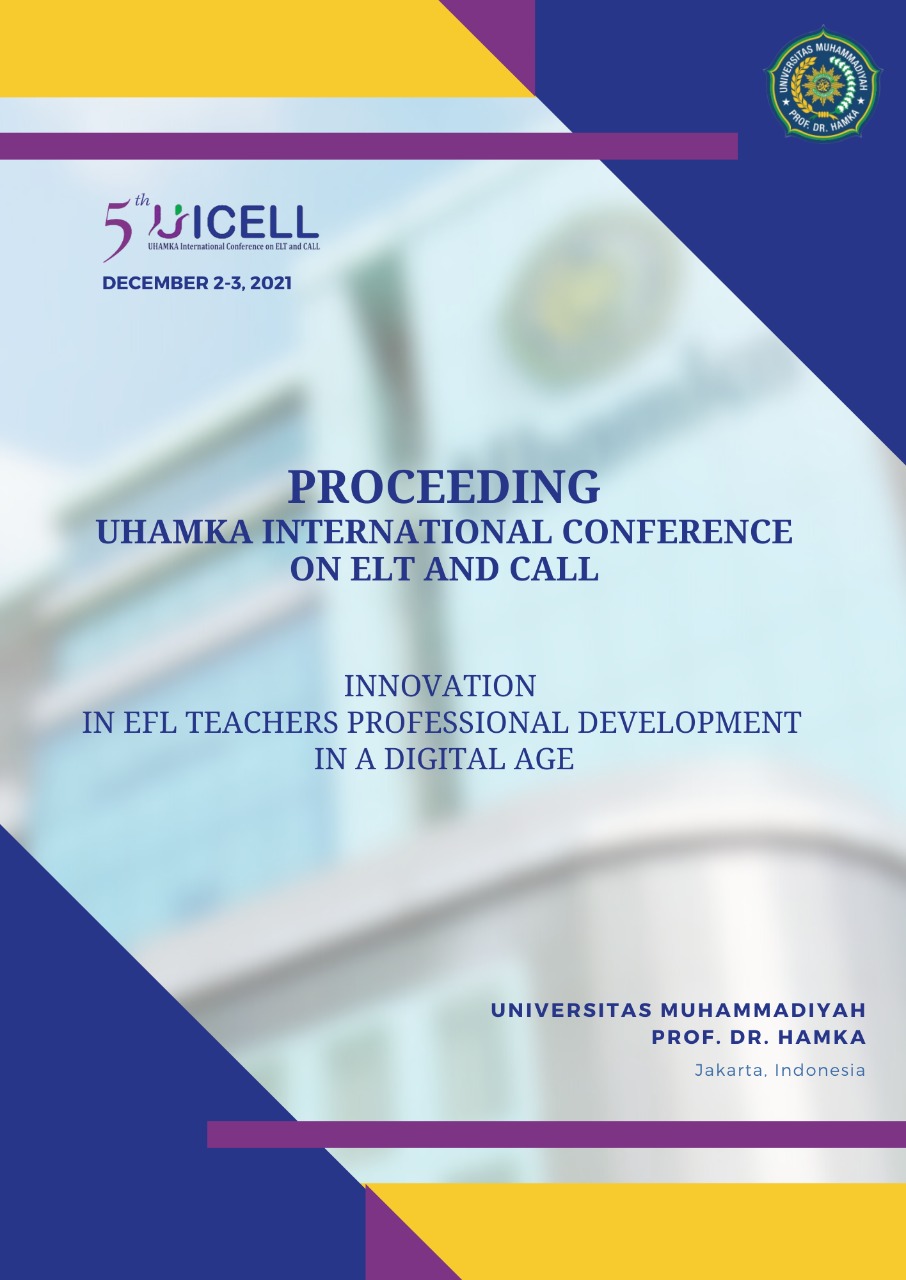CULTURAL FILTER ANALYSIS IN FABLE: THE TWO DUCKS AND THE BOX
Abstrak
One of the biggest obstacles for translators is cultural differences which can obstruct making a good translation. This research aims to explain the cultural filters in the English-Indonesian translation of the fable entitled The Two Ducks and The Fox based on the dimensions proposed by House (2004, 2005). The research applies descriptive qualitative research. The researcher used transcription in order to collect the data. The data were analyzed based on those dimensions of cultural filters. However, the translator of the fable only applied four dimensions such as the terms of directness, orientation towards self versus orientation towards other, orientation towards content versus orientation towards addressee, and explicitness versus implicitness. As a result, the researcher found that there were 9 cultural filters in The Two Ducks and The Fox. It consisted of one indirectness to directness, one orientation towards the other to the orientation towards self, four orientations towards addressees to the orientation towards content, one the orientation towards addressees to the orientation towards content, and 2 explicitness into implicitness. As a result, the cultural filters can help the translators to overcome the problems relating to cultural differences in both the source language and target language.
Keywords: translation, cultural filter, fable


